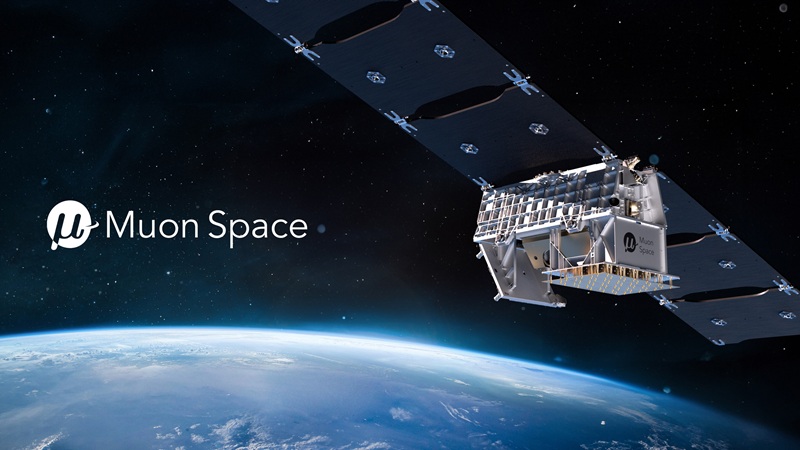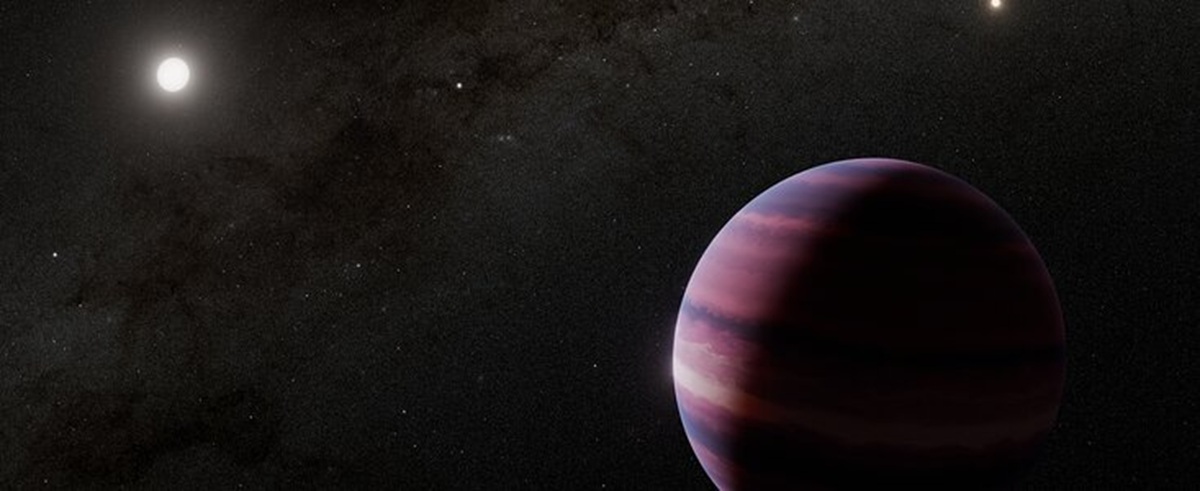On 7 July 2025, the European Space Agency (ESA) achieved a groundbreaking milestone in space communications by establishing Europe’s first deep-space optical communication link with NASA’s Psyche mission, located approximately 265 million kilometres (1.8 astronomical units) from Earth. This historic event marked the first time a European ground segment successfully transmitted and received data via laser with a spacecraft in deep space, heralding a new era in interplanetary data exchange and international cooperation in space technology.
A Leap Forward in Deep-Space Communication
The Psyche mission, led by NASA, is exploring a unique metal-rich asteroid that could be the exposed core of an early planet. Alongside its scientific instruments, Psyche carries NASA’s Deep Space Optical Communications (DSOC) experiment, designed to test laser-based data transmission technologies far beyond the capabilities of traditional radiofrequency systems. ESA’s successful optical link with DSOC demonstrates the potential for interoperability between ESA and NASA in optical communications—a feat previously limited to radiofrequency systems.
Rolf Densing, ESA’s Director of Operations, described the achievement as a “leap step towards bringing terrestrial internet-like high-speed connectivity to our deep-space spacecraft,” emphasizing the importance of international collaboration between ESA, NASA, industry, and academia. Mariella Spada, ESA’s Head of Ground Systems Engineering and Innovation, called it a “cornerstone of the Solar System Internet,” highlighting the years of technological advancement and standardization efforts that made this possible.
The Technical Challenge: Establishing a Laser Link Across the Solar System
The optical communication link was established using two specially equipped observatories in Greece, operated by the National Observatory of Athens. The Kryoneri Observatory, near Athens, was transformed into a high-precision optical ground station equipped with a powerful laser transmitter. This laser beacon, while carrying no data, was precisely targeted at the Psyche spacecraft so that the DSOC experiment onboard could lock onto it and send a return laser signal back to Earth. The return signal was then captured by the Helmos Observatory, located 37 km away on a nearby mountain peak, which had been outfitted with a single-photon sensitive receiver unit mounted on the 2.3-meter Aristarchos telescope at an altitude of 2340 meters.
Sinda Mejri, ESA’s project manager for the Ground Laser Receiver system, explained that this two-way optical handshake overcame two major technical hurdles: developing a laser powerful enough to hit a distant spacecraft with pinpoint accuracy and building a receiver sensitive enough to detect the faintest return signals—sometimes just a few photons—after their journey across hundreds of millions of kilometres.
ESA’s Space Operations Centre (ESOC) flight dynamics experts played a critical role by calculating the spacecraft’s trajectory with extreme precision, accounting for atmospheric effects like air density and temperature gradients, as well as planetary motion. This ultra-accurate pointing is essential for maintaining the laser link over such vast distances and is more complex than terrestrial global navigation satellite systems due to deep-space conditions. NASA’s Jet Propulsion Laboratory (JPL) supported the operation by providing Psyche’s position using Delta-DOR, a navigation technique that achieves millimetre-level accuracy and is also used by ESA for interplanetary missions.
To ensure safety during laser transmissions, Greek airspace sections were temporarily closed, underscoring the high precision and care required for this operation.
Years of Preparation and Rapid Deployment
The success of this optical link was the culmination of years of meticulous preparation and international collaboration. ESA developed two key ground systems:
- Ground Laser Transmitter: A 20-foot-long container housing five high-power lasers with ultra-precise steering controllers. This container protects sensitive equipment during daylight and raises it for operation after sunset.
- Ground Laser Receiver: A sophisticated optical bench with single-photon sensitivity, mounted on the Aristarchos telescope to capture faint return signals.
In April 2025, the team conducted a rehearsal by beaming a low-power laser signal to ESA’s Alphasat satellite in geostationary orbit (36,000 km altitude), which serves as a testbed for optical communication technologies thanks to a terminal provided by Germany’s DLR.
Remarkably, the final installation of lasers, wiring, and cooling systems at the Greek observatories was completed within a single day. Clemens Heese, ESA’s deep-space optical communication project manager, praised the team’s coordination and precision, noting the achievement of “laser installation and safe laser emission on the sky within a day” as a testament to their dedication.
The entire operation involved fewer than 20 people on-site, including ESA personnel at Kryoneri and Helmos, a support team in the United States, and two NASA JPL experts assisting the mission.
Optical Communication: A Glimpse Into the Future
This successful demonstration represents more than a technical triumph; it is a vision of the future of deep-space communication. Optical links offer data rates 10 to 100 times higher than current radiofrequency systems, enabling future missions to transmit vastly more scientific data back to Earth. Andrea Di Mira, ESA’s Project Manager of the Ground Laser Transmitter system, emphasized Europe’s readiness to play a key role in high-capacity optical communications for deep-space exploration.
NASA’s DSOC project technologist Abi Biswas highlighted the collaboration as a powerful example of international cooperation and a preview of next-generation deep-space communications.
This breakthrough also lays the foundation for ESA’s proposed ASSIGN (Advancing Solar System Internet and GrouNd) programme, which aims to federate existing and future radiofrequency and optical networks into a secure, resilient, and interoperable network for ESA’s missions, as well as institutional and commercial users. ASSIGN will foster European industry competitiveness and support future exploitation of optical communication technologies.
Industrial and International Collaboration
ESA’s participation in the DSOC demonstration was enabled by a consortium of European companies, including qtlabs (Austria), Single Quantum (Netherlands), GA Synopta (Switzerland), qssys (Germany), Safran Data Systems (France), and NKT Photonics Ltd (UK). The National Observatory of Athens provided critical infrastructure by transforming the Helmos and Kryoneri observatories into deep-space optical ground stations.
The project is funded through ESA’s General Support Technology Programme and Technology Development Element, reflecting a strategic investment in future communication capabilities.
Toward a Solar System Internet
ESA’s vision extends beyond this initial success. The agency is studying a Mars electric propulsive tug capability called LightShip, designed to transport passenger spacecraft to Mars. After delivering passengers, LightShip would enter a service orbit to provide communications and navigation through the MARs COmmunication and Navigation Infrastructure (MARCONI) payload, which includes an optical communications demonstrator. This is part of ESA’s roadmap to support future human missions with robust communication networks across the solar system.
Optical communication technology, with its promise of dramatically increased data throughput, is poised to become a cornerstone of the Solar System Internet—a network enabling high-speed, reliable communication across vast interplanetary distances. ESA’s pioneering work with NASA’s Psyche mission and DSOC experiment represents a critical step toward realizing this vision.
Historical Context and Technological Evolution
ESA’s journey toward deep-space optical communication builds on decades of experience. Since 1977, ESA has invested in optical intersatellite links, culminating in the SILEX (Semiconductor laser Intersatellite Link Experiment) program in the 1990s, which demonstrated pre-operational optical links in space. This heritage positioned Europe as a leader in civilian optical intersatellite communications and laid the groundwork for extending these technologies to deep space.
The transition from radiofrequency to optical communication is driven by the need for higher data rates and more efficient use of mass and power on spacecraft. Optical systems offer advantages in system flexibility and cost, making them essential for the future of space exploration and commercial satellite constellations.
ESA’s successful establishment of the first deep-space optical communication link with NASA’s Psyche mission marks a historic breakthrough in space communication technology. By harnessing the power of lasers to transmit data across hundreds of millions of kilometres, ESA and NASA have opened the door to a new era of high-speed, high-capacity communication in deep space.
This achievement not only demonstrates the feasibility of laser communication at interplanetary distances but also exemplifies the strength of international collaboration in pushing the boundaries of space exploration. As ESA continues to develop and expand its optical communication capabilities, including the ambitious ASSIGN programme and Mars communication infrastructure, the vision of a connected Solar System Internet moves closer to reality—transforming how humanity explores and understands the cosmos.
This feature article is based on information from the European Space Agency and NASA, including official statements and technical details released in July 2025.





